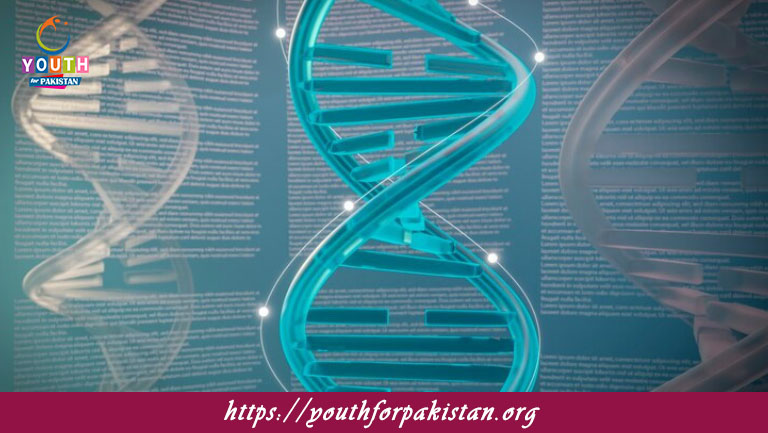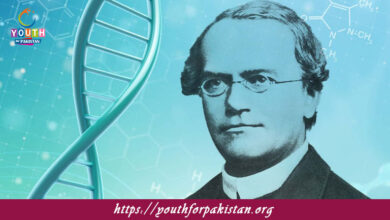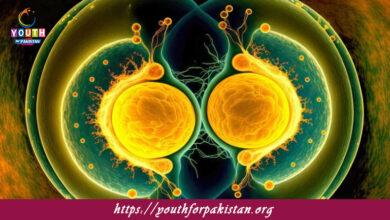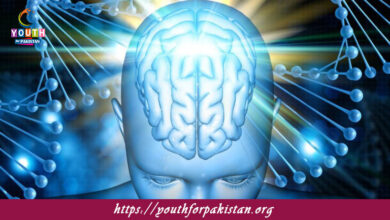Gene Linkages And Crossing Over MDCAT Quiz with Answers

Gene Linkages And Crossing Over MDCAT Quiz: Gene linkage refers to the tendency of genes located close to each other on the same chromosome to be inherited together. This phenomenon deviates from the Law of Independent Assortment, which assumes that genes located on different chromosomes assort independently. When genes are linked, they tend to be inherited as a unit during gamete formation. However, crossing over—an exchange of genetic material between homologous chromosomes during meiosis—can break the linkage, leading to new combinations of alleles. Understanding gene linkage and crossing over is essential for MDCAT students, as these processes impact genetic inheritance and the creation of genetic diversity. The MDCAT Quiz on gene linkages and crossing over will test your understanding of how these processes influence inheritance patterns.
Mechanism of Gene Linkage
Gene linkage describes the phenomenon where two or more genes, being on the same chromosome, are likely to be inherited together. The reason for this is that the closer the genes to each other on the chromosome, the less likely they will be separated by crossing over. For instance, if genes A and B are close together on chromosome 1, they often inherit together. This would thus result in the parental genotype. On the contrary, genes situated farther apart from each other on the same chromosome have greater chances of having undergone crossing over during meiosis and resulting in recombinant genotypes. The MDCAT Quiz shall test your ability in being able to make predictions regarding inheritance patterns of linked genes and provide applications of genetic recombination within real-life scenarios.
Crossing Over and Genetic Recombination
Crossing over occurs in prophase I of meiosis, during which homologous chromosomes come together and exchange segments of genetic material. It is very important for increasing the variation of genetic material because it creates new combinations of alleles on each chromosome. The point where two chromatids cross over is called the chiasma. Genetic recombination is the result of crossing over, whereby chromosomes carry a mix of alleles from both parents. Recombination frequencies can be used to map the distance between genes on a chromosome, giving much information about the structure of the genome. MDCAT Quiz: This quiz will test your understanding of how crossing over contributes to genetic variation and how recombination frequencies are used in studying gene linkage.
Recombination Frequency and Gene Mapping
The recombination frequency between two genes is the measure of how often crossing over occurs between the two genes. The higher the recombination frequency, the greater the distance between the two genes on the chromosome. The recombination frequencies are given as percentages; 1% recombination frequency is equivalent to one map unit or centimorgan. Scientists, by studying recombination frequencies in genetic crosses, can generate gene maps indicating the relative positions of genes on chromosomes. This has been an important tool in genetics research and has helped significantly in mapping human genes. MDCAT Quiz will test your ability to solve problems on recombination frequencies and interpret gene maps to infer the relative locations of linked genes.
Gene Linkage and Genetic Disorders
Gene linkage can also play a role in the inheritance of genetic disorders. In some cases, disease-causing genes are closely linked to other genes on the same chromosome, and their inheritance follows patterns similar to those of linked genes. For example, in X-linked disorders such as hemophilia, the gene for the disorder is located on the X chromosome and is passed along with other X-linked genes. The study of gene linkage helps to define the genetic basis of certain diseases, thereby showing how these disorders are passed from one generation to the next. The MDCAT Quiz will challenge your understanding of gene linkage in the context of human genetics and genetic disorders and test your ability to apply these concepts in making predictions about patterns of inheritance.
Applications of Gene Linkage and Crossing Over
Gene linkage and crossing over have many applications in evolutionary biology, medicine, and agriculture. For instance, in agriculture, breeders make use of gene linkage in the selection of desirable traits in crops and livestock. In medicine, the study of gene linkage can help to identify genetic markers for diseases, thus leading to better diagnostic tools and treatments. Crossing over is also an essential factor in creating genetic diversity, which is necessary for the evolution of species. The MDCAT Quiz will help you apply your knowledge of gene linkage and crossing over to various biological fields, ensuring you are well-prepared for questions related to inheritance and genetic variation.
Quiz on Gene Linkages and Crossing Over
Taking a MDCAT Quiz on gene linkages and crossing over will help you assess your knowledge of these fundamental genetic processes. It will include questions on mechanisms of gene linkage, the role of crossing over in genetic recombination, and the use of recombination frequencies for gene mapping. Additionally, using Free Flashcards will strengthen your understanding of these concepts so that you are well-prepared to confidently tackle genetic problems related to gene linkage and crossing over on your MDCAT exam.

The phenomenon where genes located on the same chromosome tend to be inherited together is called _______.
Gene linkage

The closer two genes are on a chromosome, the _______ the probability of crossing over between them.
Lower

Genes located on the same chromosome that do not undergo independent assortment are called _______.
Linked genes

The process by which two homologous chromosomes exchange genetic material is called _______.
Crossing over

The recombination frequency between two genes is determined by _______.
How often they are inherited together

The likelihood of crossing over is _______ between genes that are far apart on the same chromosome.
Higher

In the absence of crossing over, genes on the same chromosome will be inherited as a _______.
Linked unit

The further apart two genes are on the same chromosome, the _______ the chance of crossing over occurring.
Greater

The phenomenon of genetic exchange between chromatids of homologous chromosomes during meiosis is called _______.
Crossing over

The recombination frequency is calculated by _______.
Dividing the number of recombinant offspring by the total number of offspring

The process of crossing over increases genetic diversity by _______.
Shuffling alleles between chromosomes

The process of crossing over contributes to genetic variation by _______.
Creating new combinations of alleles
Experience the real exam environment with our expertly designed collection of over 25,000 MCQs MDCAT Mock Tests.





